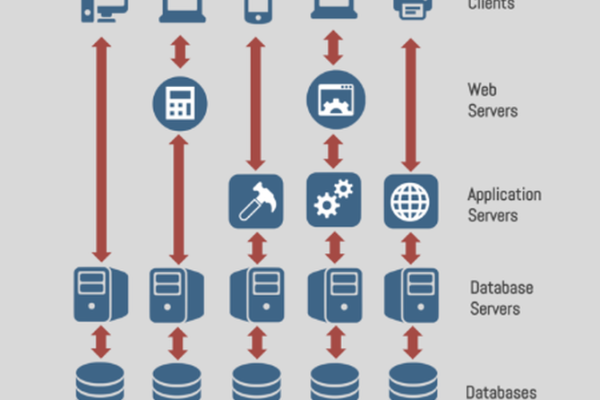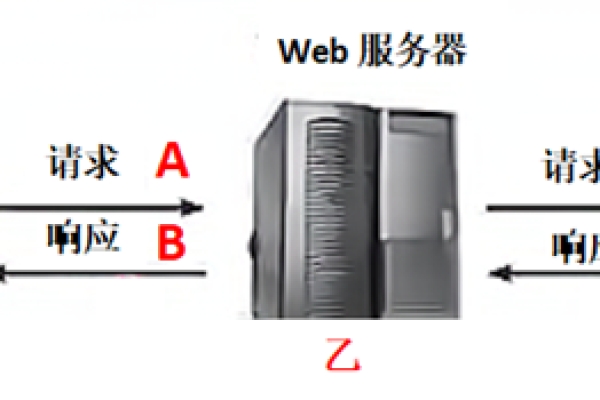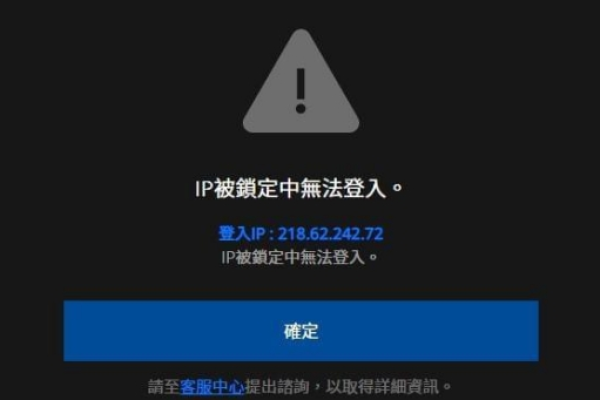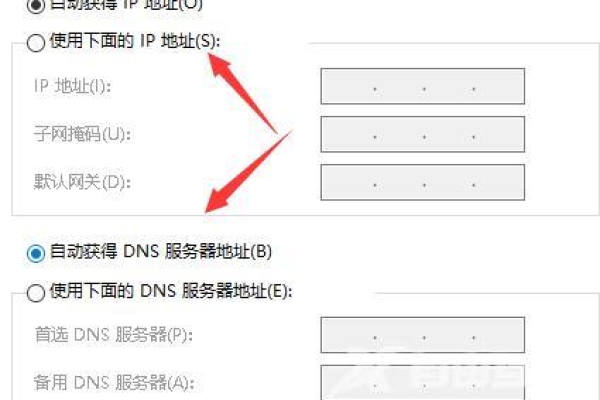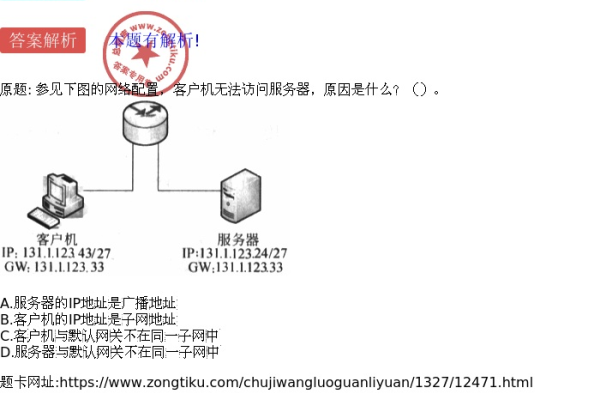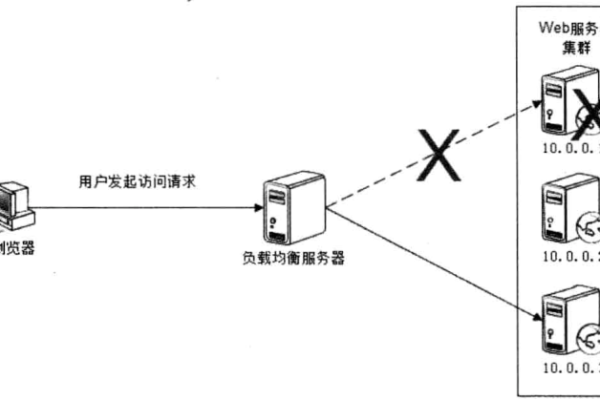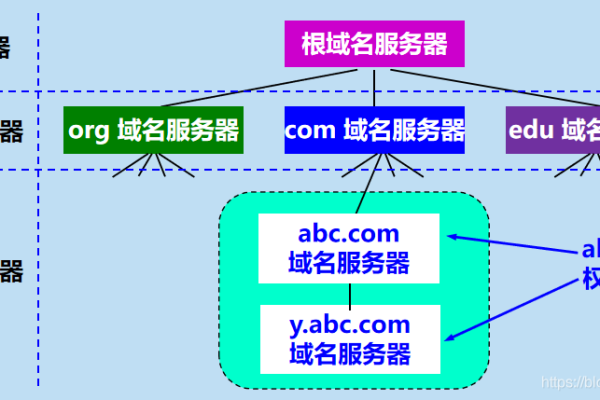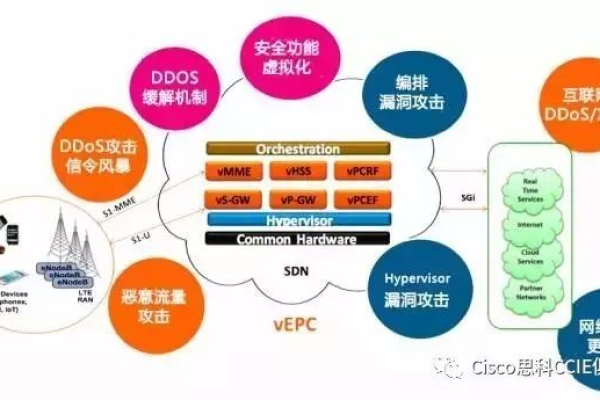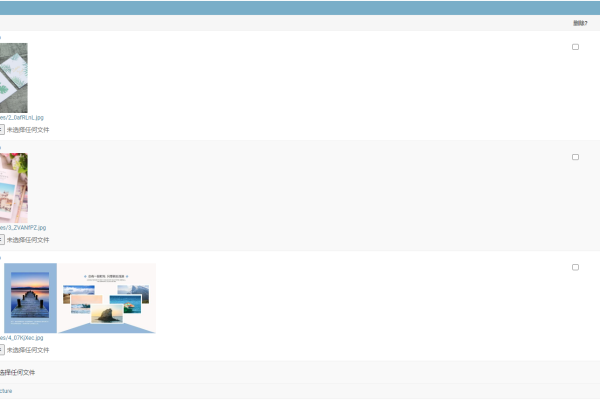c#循环访问服务器
- 行业动态
- 2025-02-04
- 1
C#循环访问服务器:通过 C#代码实现 循环访问 服务器,确保持续获取数据或执行任务,提升程序的自动化和效率。
在C#中实现循环访问服务器,通常是为了定期从服务器获取数据、检查服务状态或执行其他重复性任务,以下是一些常见的方法和示例代码:
一、使用while循环和HttpClient
1、 :首先需要创建一个HttpClient对象,用于发送HTTP请求。
2、编写循环逻辑:使用while循环来不断执行访问服务器的操作,在循环内部,使用HttpClient的GetAsync方法发送GET请求,并等待响应。
3、处理响应:当收到服务器的响应后,可以对响应内容进行处理,例如解析JSON数据、提取文本等。
4、控制循环条件:根据实际需求设置循环的终止条件,例如达到一定的循环次数、收到特定的响应内容或发生异常等。
5、示例代码
using System;
using System.Net.Http;
using System.Threading.Tasks;
class Program
{
static async Task Main(string[] args)
{
using (HttpClient client = new HttpClient())
{
int maxAttempts = 10; // 设置最大尝试次数
int attempts = 0;
while (attempts < maxAttempts)
{
try
{
HttpResponseMessage response = await client.GetAsync("https://example.com/api");
response.EnsureSuccessStatusCode();
string responseBody = await response.Content.ReadAsStringAsync();
Console.WriteLine($"Response: {responseBody}");
// 在这里可以添加对responseBody的处理逻辑
attempts++;
await Task.Delay(5000); // 等待5秒后再次访问
}
catch (HttpRequestException e)
{
Console.WriteLine($"请求异常: {e.Message}");
}
}
}
}
}二、使用for循环和WebClient
1、 :创建一个WebClient对象,它提供了一些简单的方法来下载数据。
2、编写循环逻辑:使用for循环来控制访问的次数,在每次循环中,使用WebClient的DownloadString方法获取服务器返回的字符串数据。
3、处理响应:对获取到的数据进行相应的处理。
4、示例代码
using System;
using System.Net;
class Program
{
static void Main(string[] args)
{
WebClient client = new WebClient();
int loopCount = 5; // 设置循环次数
for (int i = 0; i < loopCount; i++)
{
try
{
string response = client.DownloadString("https://example.com/api");
Console.WriteLine($"Response {i + 1}: {response}");
// 在这里可以添加对response的处理逻辑
}
catch (WebException e)
{
Console.WriteLine($"Web异常: {e.Message}");
}
}
}
}三、使用定时器和异步编程
1、创建定时器:可以使用System.Timers.Timer或System.Threading.Timer来设置定时任务,按照固定的时间间隔触发事件。
2、在定时器事件中访问服务器:当定时器事件发生时,执行访问服务器的操作,可以使用HttpClient或其他适合的方式来发送请求和接收响应。
3、处理响应和异常:与前面的示例类似,对服务器的响应进行处理,并处理可能出现的异常情况。
4、示例代码
using System;
using System.Net.Http;
using System.Threading.Tasks;
using System.Timers;
class Program
{
private static Timer timer;
private static HttpClient client = new HttpClient();
static void Main(string[] args)
{
timer = new Timer(5000); // 每5秒触发一次
timer.Elapsed += OnTimedEvent;
timer.AutoReset = true;
timer.Enabled = true;
Console.WriteLine("按任意键退出...");
Console.ReadKey();
}
private static void OnTimedEvent(Object source, ElapsedEventArgs e)
{
AccessServerAsync().Wait();
}
private static async Task AccessServerAsync()
{
try
{
HttpResponseMessage response = await client.GetAsync("https://example.com/api");
response.EnsureSuccessStatusCode();
string responseBody = await response.Content.ReadAsStringAsync();
Console.WriteLine($"定时器触发的响应: {responseBody}");
}
catch (HttpRequestException ex)
{
Console.WriteLine($"定时器触发的请求异常: {ex.Message}");
}
}
}四、注意事项
1、错误处理:在循环访问服务器时,可能会遇到各种错误,如网络连接中断、服务器无响应、数据格式错误等,需要进行适当的错误处理,例如记录日志、重试请求或采取其他恢复措施。
2、性能和资源管理:频繁地访问服务器可能会消耗大量的网络带宽和系统资源,需要注意控制访问的频率和并发量,避免对服务器和自己应用程序的性能造成过大的影响,要确保正确地管理和释放资源,例如在使用完HttpClient后及时调用Dispose方法。
3、遵守服务器的限制和规范:有些服务器可能对访问频率、请求头信息、认证方式等有特定的要求和限制,在编写代码时,需要仔细阅读服务器的文档,确保自己的访问行为符合服务器的规定,以免被服务器拒绝访问或受到其他限制。
4、安全性考虑:如果访问的服务器需要身份验证或传输敏感信息,需要采取适当的安全措施,如使用HTTPS协议、设置正确的认证凭据、加密数据传输等,以保护数据的安全性和隐私性。
在C#中循环访问服务器需要根据具体的需求和场景选择合适的方法和工具,并注意处理好各种可能出现的问题,以确保程序的稳定性和可靠性,要始终关注服务器的要求和限制,以及数据的安全性和性能优化等方面的问题。
本站发布或转载的文章及图片均来自网络,其原创性以及文中表达的观点和判断不代表本站,有问题联系侵删!
本文链接:https://www.xixizhuji.com/fuzhu/406282.html
